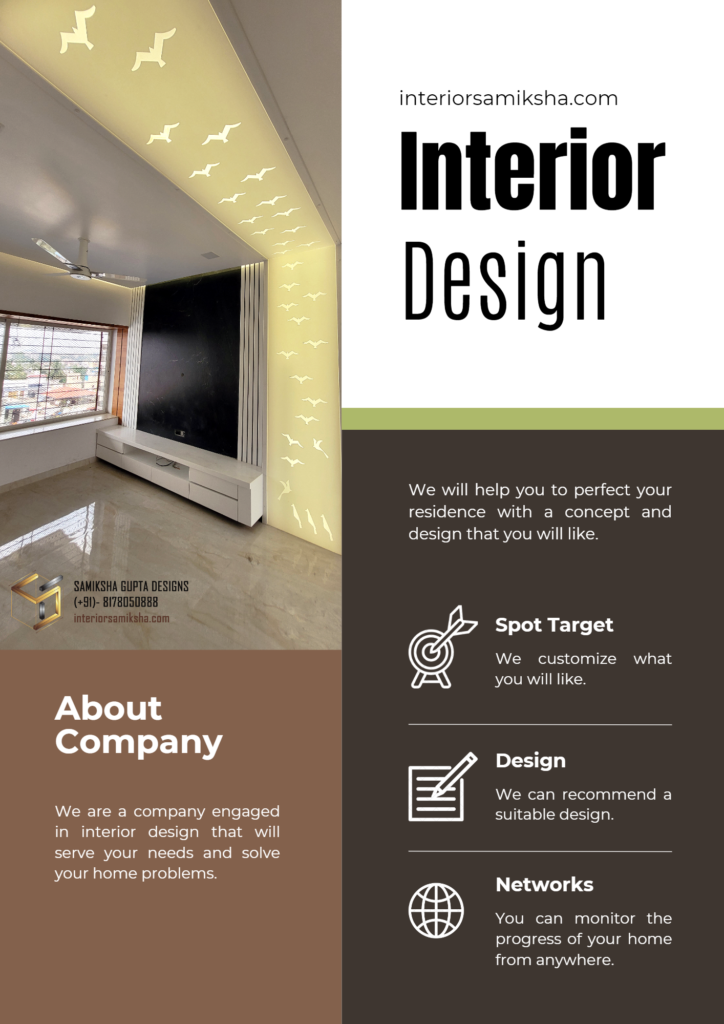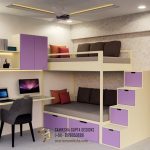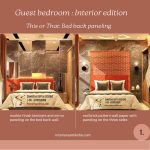I have a set structure that I follow whenever I am approached by a client with interior design requirements. I think most designers have their processes and approaches to presenting their interior design proposal, but the basics are always the same.
Let’s have a look at the right way to present a design proposal to a potential or an existing client:
1. Understand the Client’s Requirements
The first meeting is all about the client. Whether you’re meeting them personally or speaking with them over a call, you need to gather as much information about their design requirements as you can.
Understand their preferences, their functional needs, their budget and their timeline.
Some clients hesitate to tell their budget. But there’s nothing wrong in pushing them a bit to be open to you about it. After all, that is the primary factor that decides whether you’d be able to take on the project or not. Otherwise, you’ll just end up preparing a pitch deck and putting in time and effort, all for nothing.
See what timeline they have in their mind and if you can render your services within the timeline. It’s always best to have these basic things cleared out of the way in the first meeting itself.
Apart from all this, I also always ask them for the floor plan of their house, so that I have something to discuss in detail when we meet next. I prepare a presentation based on their requirements. I create a mood board. I add some reference images. This helps me understand their taste and style.
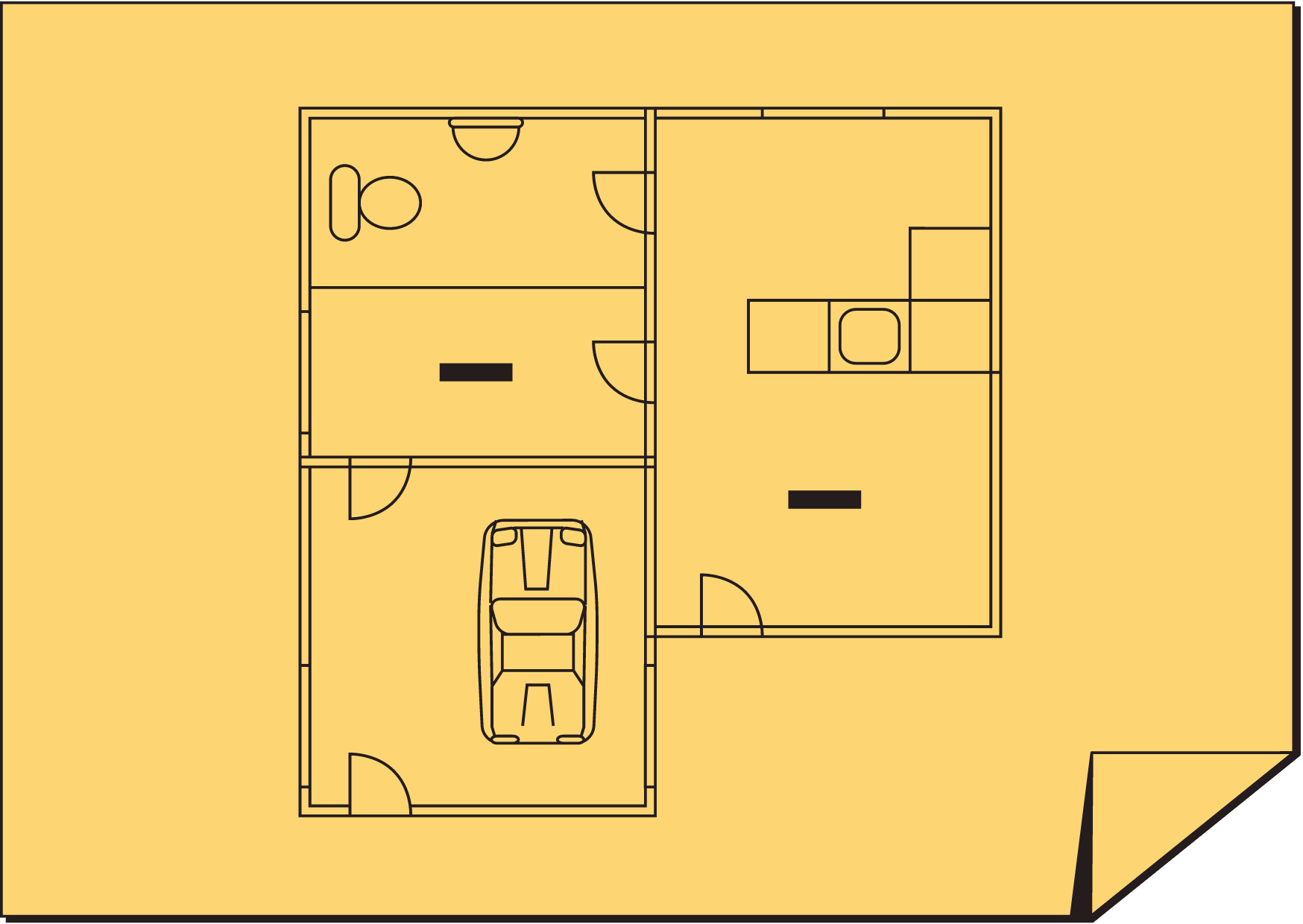
A floor plan is essential to do that.
2. Conducting a Site Analysis
If the client doesn’t happen to have a floor plan, which is common in the case of renovation projects where the houses are old, you can schedule a site visit before presenting a pitch.
Conduct a site analysis to understand the size and layout of the physical space. Observe the existing feature of the place that may impact the design.
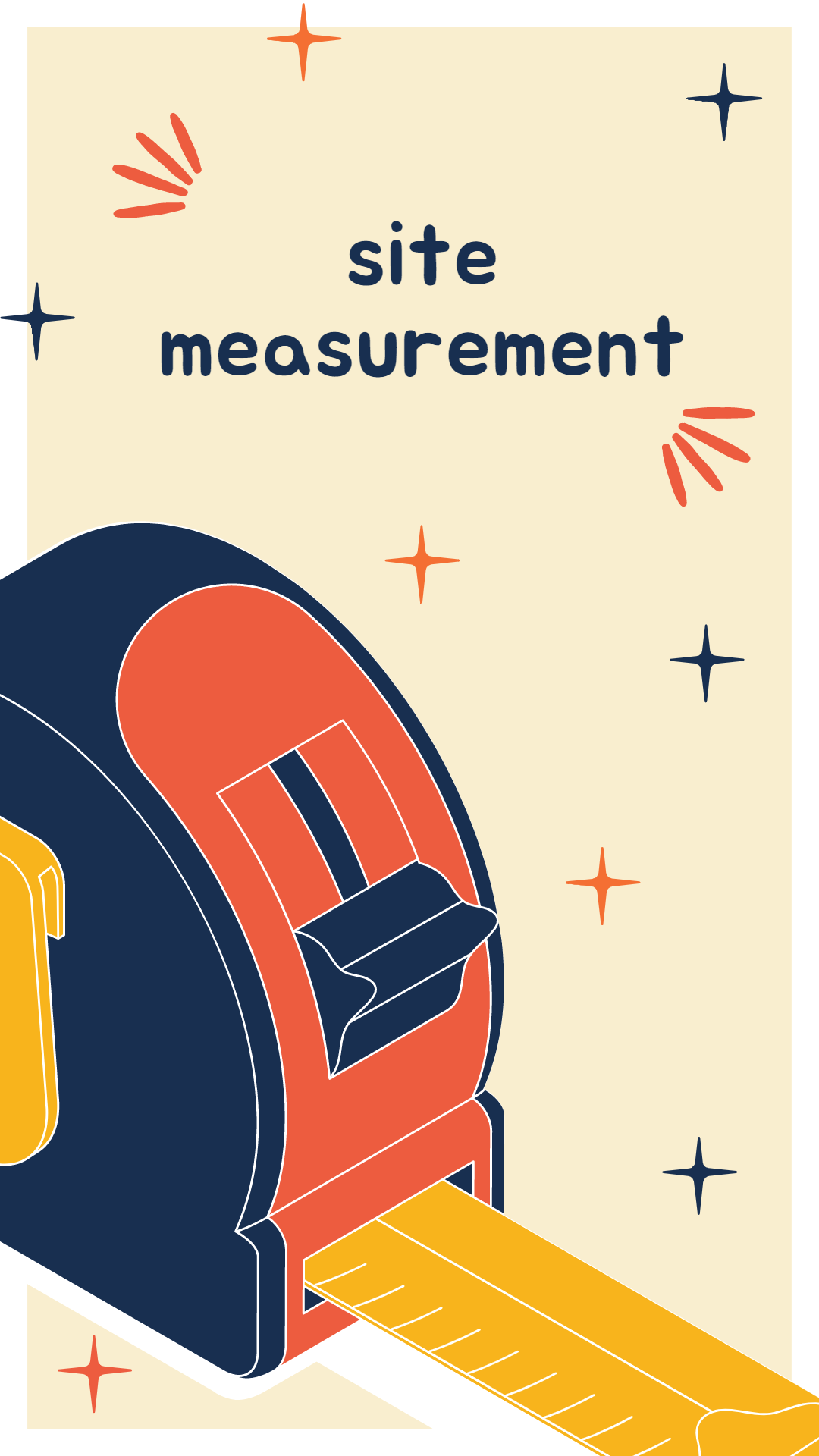
Put in some time and take at least some important measurements. Take site pictures and videos. They help you in preparing a detailed presentation.
You can miss important details like this. Often, when we have a few new meetings, we tend to mix up the details. We even mix the floor plans in our heads. This is when site pictures come to the rescue.
3. Prepare Your Design Concepts
Based on the gathered requirements, budget and site analysis, develop a design concept for the pitch proposal that includes a colour scheme, a theme, material and finish specifications and furnishing ideas.
Prepare a visual representation of the design proposal. You can create sketches, floor plans (CAD drawing), 3D renderings (there are many free and quick options available online) and mood boards (design PPT) to help the client visualize the designs.
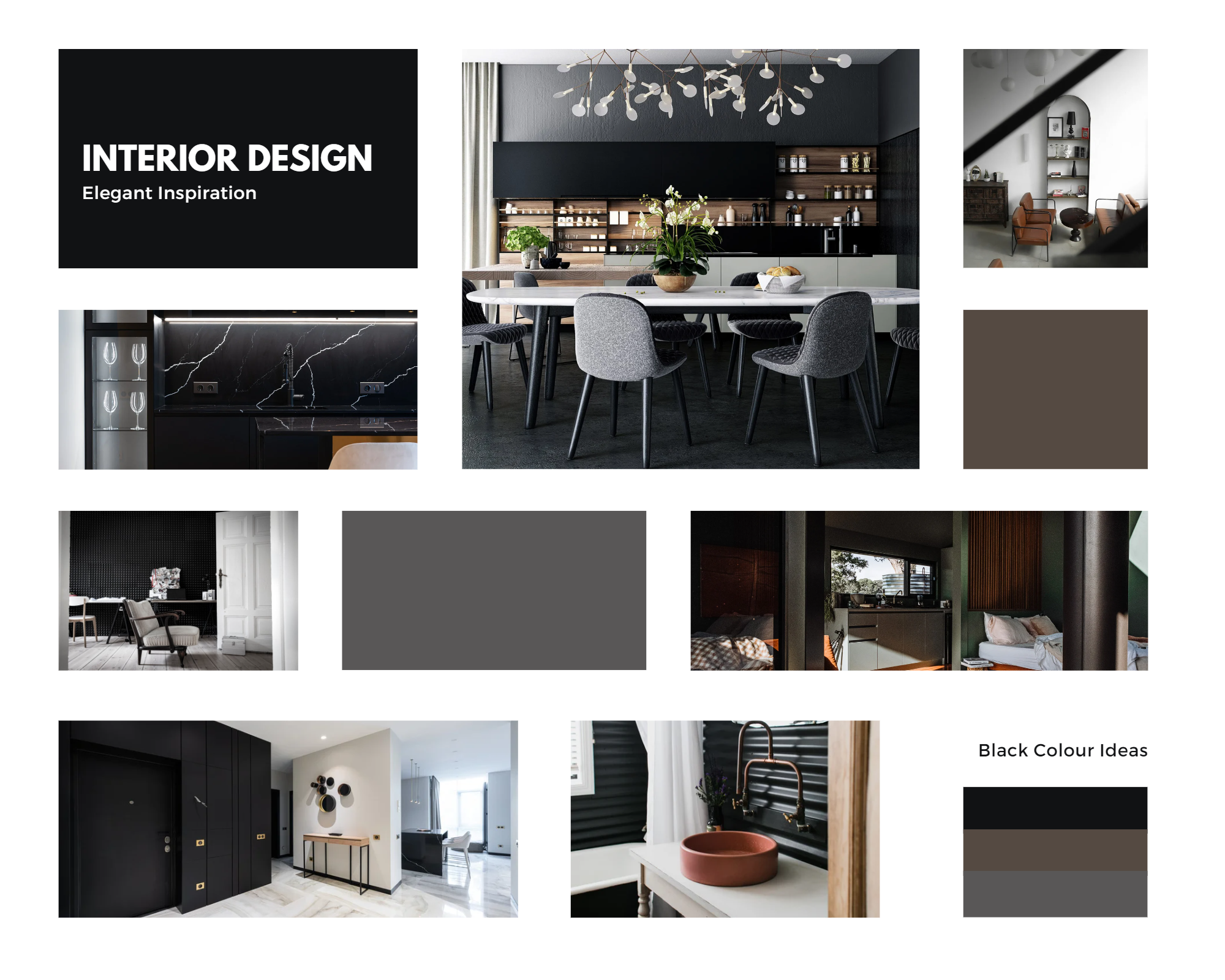
Here’s how I usually prepare a design presentation.
This is the one that I usually create once the project is closed, and before starting with the 3D designs. This saves the time and effort of the designer.
But a similar design PPT should be prepared before closing the deal also.
It may not be as detailed, with proper dimensions. But do add at least 2-3 options for each area with impactful reference images.
Choose reference photos that are as close to the actual arrangement on site as possible. They should be self-explanatory pictures. Even if you’re not there to verbally explain each slide, the photos should be able to do that for you.
4. Provide a Detailed Proposal
Once you’ve prepared the presentation, provide a detailed proposal also to the client which should include the project timeline, a proper breakdown of the project estimate, and the designer’s fee.
Make the estimate as detailed as you can so that there’s no scope for any misunderstanding or miscommunication in the later stages.
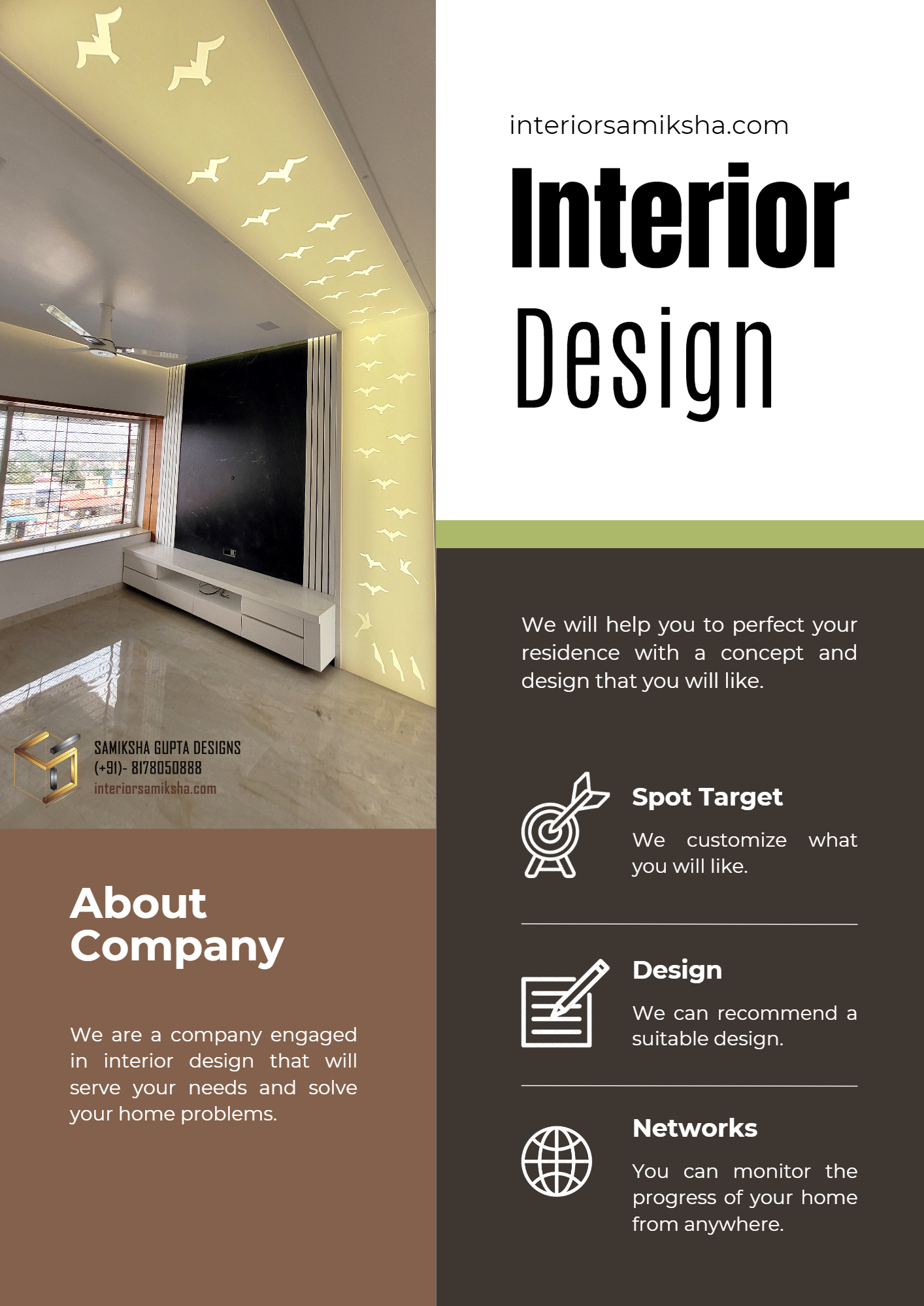
You can attach the estimate details along with the presentation, or separately.
I used to avoid sharing the design proposal pitch with the clients initially for fear of them taking the designs and getting them executed from some other vendor at a low cost.
But I guess now I have become secure and confident enough to avoid this. I share the design pitch PPT with the client but I remove the dimension details. You can follow the same practice. Also, make sure you put a watermark or your logo on every slide of the design PPT.
5. Discuss the proposal with the client
Your role doesn’t just end with sharing the proposal with the client. Schedule another meeting just to discuss the proposal. A few things will change. You’ll also get an opportunity to bond with the client and understand their requirement and their taste in a little more depth.
According to the feedback from this meeting, you can make changes and revisions to your proposal/estimate and share the final one to go ahead with the deal. This increases your chance of closing the project by 2x.
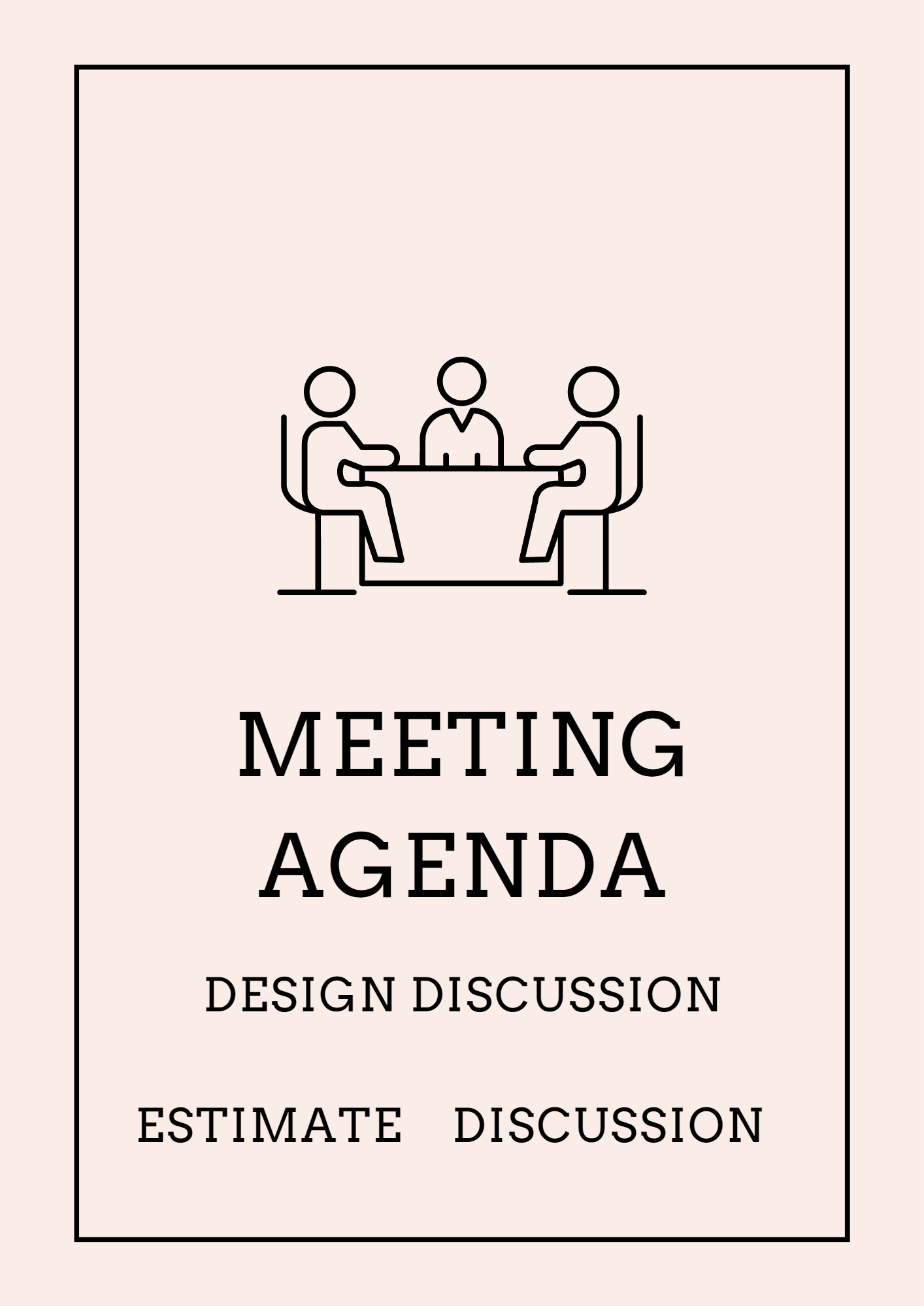
Make sure you’re following up in time. I usually give about 2 to 3 days after sharing the proposal so they have enough time to go through it. But don’t delay it too much.
It’s not indefinite that the client will not get a lower quote than you.
But it’s important to make the client understand the value that you’re providing. You’re not just a contractor who’s building furniture for them. You’re a designer. You’re going to charge a premium for that. Your work is going to have quality and proper planning.
Don’t let the clients compare your estimate proposal with “contractors” or “vendors”.
Conclusion
Overall, the goal of an interior designer is to create a design proposal that meets the client’s expectations and requirements, while also reflecting the creativity and expertise of the designer.
It will take you several pitches to finally get a hold of it. You’ll understand the psychology of the clients. You’ll understand the market and common practices. You can brush up on your pitching style then.

